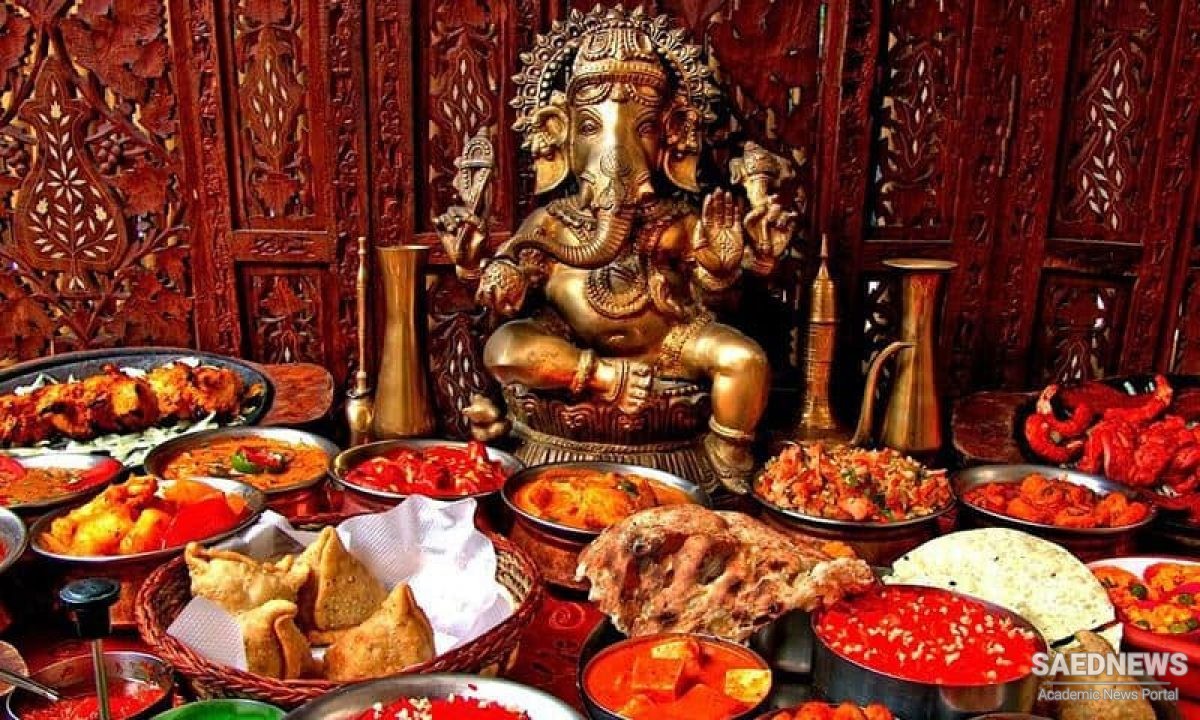Food has also become recognized as being expressive of identity and culture and is therefore an important component of cultural and heritage tourism. For example, Hall and Macionis suggest that: ‘Wine and food can be expressive of a regional culture as well as a regional environment. Such a relationship is extremely significant for tourism because of the possibilities of utilizing wine and the associated vineyard landscape as a means of establishing strong regional identity in the tourism marketplace.’ In addition, substantial concerns exist over tourism’s role in globalization and the potential for cultural homogenization, including food, has led to debates about tourism’s role in the ‘McDonaldization’ of culture. Indeed, the very fact that food is expressive of a region and its culture has meant that it can be used as a means of differentiation for a destination in an increasingly competitive global marketplace. Therefore, there is significant interest in the role of food in place marketing and the imaging of destinations as well as of particular tourism products. Perhaps, surprisingly, Frochot’s study of the use of food in regional tourism brochures within France did not show strong differences between the various regions even though different provincial food ingredients, dishes and styles remains one of the central tenets of French cuisine. Indeed, most regions appear to be using similar food images, which concern mostly raw products, products in their environment, countryside dishes and countryside products. The notable exceptions are wine and cheeses, which are heavily used but only by regions that are their main producers. In other words, the main message that French destinations want to portray is mostly that of their authenticity through images of ‘real’ foods, country traditions and of natural products. As Frochot noted, the types of images used in those brochures can certainly be used by other destinations if they wish to achieve a similar positioning; or they might wish to adapt it to their own national or regional positioning.


 Cultural Tourism and Satisfaction of Personal Cultural Needs
Cultural Tourism and Satisfaction of Personal Cultural Needs














































